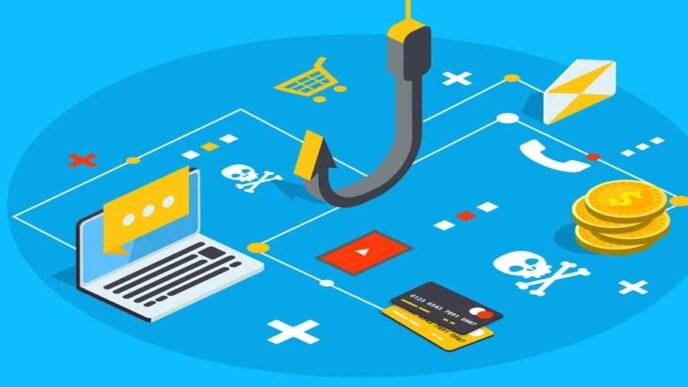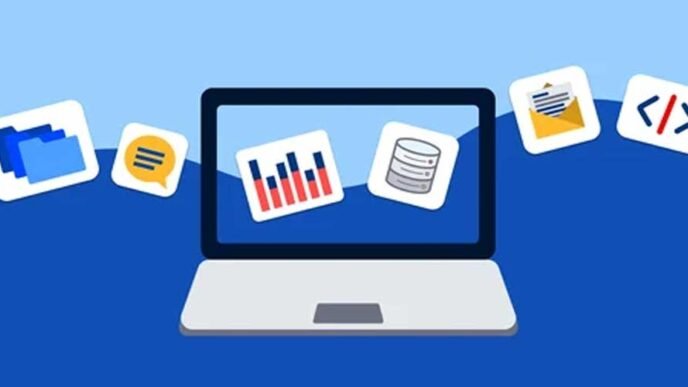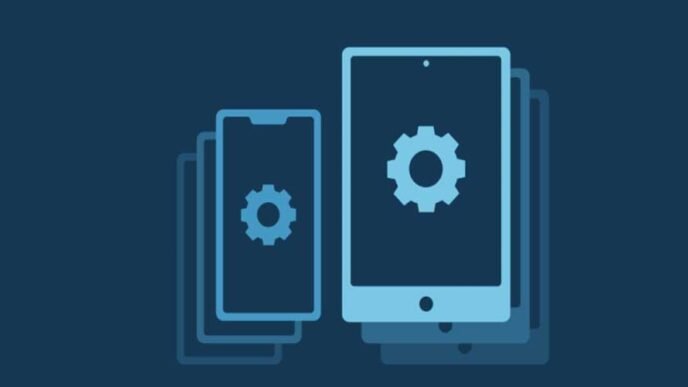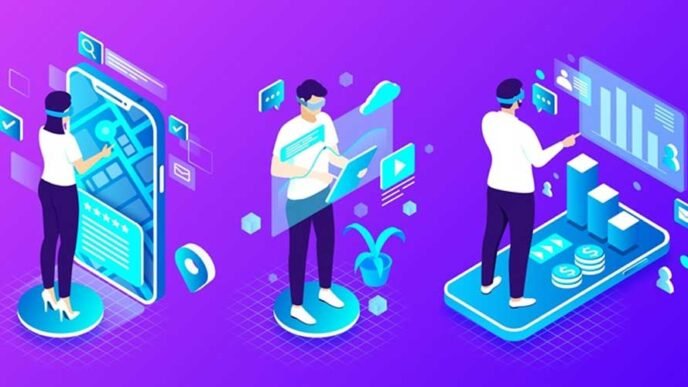In today’s rapidly evolving technological landscape, the role of IT support is more crucial than ever. With businesses increasingly reliant on digital infrastructure, the demand for efficient and effective IT support services continues to grow. However, as technology advances, so too must the methods and tools used to support it. Consult Denver IT Support experts to gain in-depth knowledge of future IT support trends and techniques.
In this blog post, we’ll explore some of the emerging trends and technologies shaping the future of IT support.
Artificial Intelligence (AI) and Machine Learning (ML) in IT Support
Artificial intelligence and machine learning are revolutionizing IT support by automating routine tasks, improving efficiency, and providing proactive solutions. AI-powered chatbots, for example, can handle common IT issues, answer user queries, and even perform basic troubleshooting without human intervention. These virtual assistants can significantly reduce response times and workload for IT support teams, allowing them to focus on more complex issues.
Machine learning algorithms are also being used to analyze large volumes of data to identify patterns and predict potential issues before they occur. By detecting anomalies and trends in system behavior, ML algorithms can help prevent downtime and minimize disruptions to business operations. As these technologies continue to mature, we can expect to see even greater integration of AI and ML in IT support processes.
Remote Support and Virtualization
The rise of remote work has accelerated the adoption of remote IT support solutions and virtualization technologies. With more employees working from home or other remote locations, IT support teams need to be able to provide assistance and troubleshoot issues without being physically present. Remote support tools allow IT technicians to access and control end-user devices remotely, enabling them to diagnose and resolve problems quickly and efficiently.
Virtualization technology, such as virtual desktop infrastructure (VDI), enables users to access their desktop environments from any device, anywhere, while keeping data secure in centralized servers. This not only improves flexibility and productivity for remote workers but also simplifies IT support by centralizing management and troubleshooting tasks.
Internet of Things (IoT) Support
The proliferation of IoT devices in both consumer and enterprise environments presents new challenges for IT support teams. From smart thermostats and security cameras to industrial sensors and connected machinery, IoT devices are generating vast amounts of data that need to be managed and secured. IT support professionals must be prepared to handle the complexities of IoT deployments, including device provisioning, monitoring, and troubleshooting.
IoT platforms and management tools are emerging to help organizations effectively manage their IoT ecosystems and provide timely support when issues arise. These platforms offer features such as remote device management, real-time monitoring, and predictive maintenance capabilities, allowing IT support teams to proactively identify and address potential problems before they impact operations.
Augmented Reality (AR) and Virtual Reality (VR) Support
Augmented reality and virtual reality technologies are transforming the way IT support is delivered by providing immersive and interactive experiences for troubleshooting and training purposes. AR applications overlay digital information onto the user’s physical environment, allowing technicians to visualize complex systems, identify components, and access relevant information in real-time.
VR technology, on the other hand, enables users to immerse themselves in virtual environments where they can simulate real-world scenarios, practice procedures, and receive hands-on training without the need for physical equipment. For IT support teams, AR and VR offer innovative ways to diagnose issues, guide users through troubleshooting steps, and deliver training programs more effectively.
Cybersecurity and Data Protection
With cyber threats becoming more sophisticated and pervasive, cybersecurity is a top priority for IT support teams. Protecting sensitive data, securing network infrastructure, and ensuring compliance with regulations are critical aspects of IT support in the digital age. As organizations embrace cloud computing, mobile devices, and IoT technologies, the attack surface for cybercriminals continues to expand, making robust cybersecurity measures essential.
Advanced security tools and technologies, such as endpoint detection and response (EDR), threat intelligence platforms, and security information and event management (SIEM) systems, are helping IT support teams to detect and respond to cyber threats more effectively. Additionally, user education and awareness programs are essential for empowering employees to recognize and mitigate security risks proactively.
Best Practices for IT Support in the Digital Age
Here, we delve into the IT support best practices for businesses in the digital age.
1. Proactive Monitoring and Maintenance
Gone are the days of reactive IT support, where issues were addressed only after they arose. In the digital age, proactive monitoring and maintenance have become essential. Utilizing advanced monitoring tools, IT support teams can continuously monitor the health and performance of IT systems, identifying potential issues before they escalate into major problems. Regular maintenance activities such as software updates, security patches, and system optimizations help to prevent downtime and ensure the smooth functioning of critical business operations.
2. Embrace Remote Support Technologies
In an era characterized by globalization and remote work, the ability to provide support remotely has become paramount. Remote support technologies enable IT teams to troubleshoot and resolve issues without the need for physical presence, saving time and resources. Tools like remote desktop software, screen-sharing platforms, and virtual private networks (VPNs) facilitate efficient communication and problem-solving regardless of geographical barriers. Embracing remote support technologies enhances flexibility and responsiveness, enabling IT support teams to address issues promptly and minimize disruptions to business operations.
3. Implement Robust Security Measures
With the proliferation of cyber threats in the digital age, security is a top priority for businesses of all sizes. IT support teams play a crucial role in implementing and maintaining robust security measures to safeguard sensitive data and protect against cyber attacks. This includes deploying firewalls, antivirus software, intrusion detection systems, and encryption protocols to secure networks and endpoints. Additionally, regular security audits and employee training programs help to raise awareness and ensure compliance with security policies and procedures. By prioritizing security, businesses can mitigate risks and maintain the integrity and confidentiality of their IT infrastructure. Utilize the expertise of Cybersecurity Denver professionals to implement effective cybersecurity measures in your business.
Conclusion
The future of IT support is characterized by innovation, automation, and adaptation to the evolving needs of businesses and end-users. Emerging technologies such as artificial intelligence, remote support, IoT, AR/VR, and cybersecurity are transforming the way IT support is delivered, making it more efficient, proactive, and user-centric. As organizations continue to embrace digital transformation, IT support will play an increasingly vital role in ensuring the smooth operation of technology infrastructure and the success of business initiatives. By staying abreast of emerging trends and technologies, IT support professionals can position themselves to thrive in the dynamic and ever-changing field of information technology.












